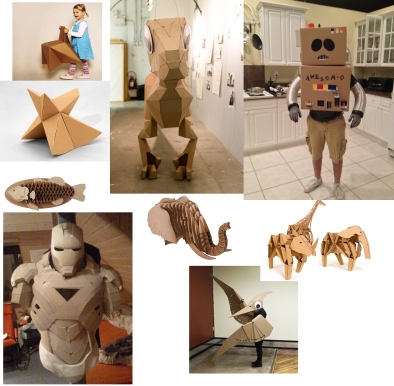A lot of issues have been touched on in my Blog post C and a few simple changes could be made today to make the process a lot more efficient and make it a learning step for the students, to teach them the importance of waste disposal. I have devised a 5 Step plan.
Step 1:
As they already have different coloured bins, make each bin specific for the different kinds of Waste;
Red Bin – Recyclable goods.
Green Bin – Organic and food waste.
Black Bin – All other waste.
As well as have a recyclable bin in each classroom
As this practice should really be in place already
I have touched on the issue on putting the right rubbish in the right bin in my other blog posts. (A &B)
Step 2:
To use as much of the organic waste in the school – to create compost bins.
The green bins as they are full of organic waste they can be use to create worm farms or even act as fertilizer for the school grounds. As this is a first hand engagement with the students, they will see how their scrapes can be further used and lessen the amount of rubbish that overflows the skip bin as then the waste never actually leaves the school grounds.
Step 3:
As for the Recyclable components, such as scrap paper and cardboard;
Personally I would really like to see the cardboard turned into some sort of art,
Cardboard cutouts and usable feature pieces that are decorated by the students. So many cardboard boxes are thrown out each day and to see this as an art form would be a very different approach towards recycling. It can be a piece in every classroom as presenting as there “mascot” so to speak .That would be something the students create as a class that would be a very interesting twist on the way we recycle in my opinion. Again teaching the kids the possibilities of recycling , it may not be the most useful to an extent but something you can create out of what would be rubbish in their eyes.

Step 5:
Finally as those previous 4 steps are in place the only things that should reach that big skip bin at the end of the day should be unusable waste that can be disposed of properly. If the school cuts down this much waste we will only have to get it emptied once a week halving the disposing costs in the school.
All the steps and outcomes are benefiting the school and ultimately the students, as they learn how to dispose of waste properly for a sustainable future and saving and making money off the waste that previously was just disregarded and thrown out.

I like the idea of having an on-site compost bin as you’ve described in step 2, this would be a great way for the children to directly interact with their waste and learn how its life can be extended. I think it is important that they see their waste through from start, to end (seemingly) and to its re-use. If they have good experiences with composting and its benefits from an early age they will be more likely to carry this practice through into adulthood within their own homes or workplaces. Step 3 is also a nice creative use of the recyclable materials, just like the compost bin, children can learn to turn their trash into treasures and be more thoughtful in how they approach waste from. Great ideas!
LikeLike
It good to returned all composted material to the site as soil conditioners and fertilisers. And the carboards art looks really interesting!
LikeLike
I like your idea of recycling the cardboards and different color bins . It lis creative and interesting.
LikeLike
I think the implementation of the multi-coloured bins in the school environment to encourage the categorisation of organic waste is a fantastic initiative, which is a relatively simple concept that can be taught from a young age. Sometimes, when the concepts are simplified, the outcome is far easier to achieve – particularly when children are involved. It’s an easy, simple step to long-term change for the future that can be adopted over time, and help to develop the organic waste recycling industry.
LikeLike
Step 2 and step 3 are very interesting, and it looks like children can pay attention to the organic waste management with a fun!
LikeLike
All school should implement this. I find Step 3 very interesting to the kids as most of them like arts and crafts. Thanks for sharing!
LikeLike